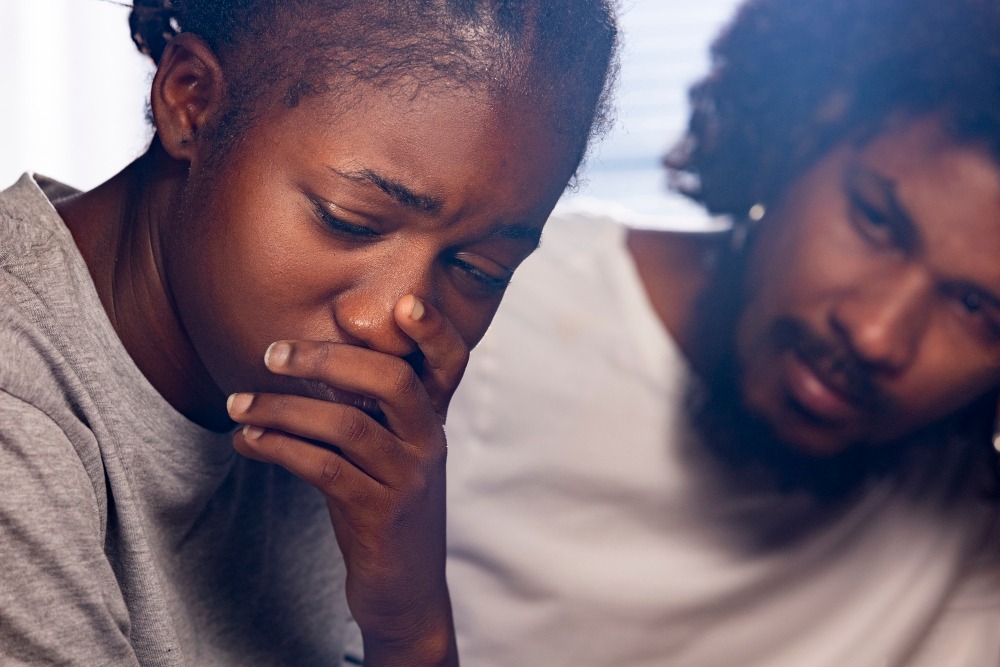Anxiety is your brain’s survival mechanism gone haywire. While designed to protect you from real threats, this internal alarm often triggers for everyday stresses – work deadlines, social situations, even hypothetical worries. That racing heart, tense muscles, and spiral of “what ifs” represent your body preparing for danger that isn’t there. When these responses become frequent or intense, they can drain your energy, cloud your thinking, and shrink your world as you start avoiding triggers. Yet neuroscience confirms anxiety is highly treatable. Understanding why your alarm system misfires – and how to recalibrate it – empowers you to break free from constant worry. From breathing techniques that calm your nervous system within minutes, to therapies that rewire anxious thought patterns, effective solutions exist. The first step? Recognizing when normal stress crosses into problematic anxiety – so you can take back control.
What Is Anxiety?
Anxiety is the body’s evolutionary survival mechanism, activating the fight-or-flight response when danger is perceived. However, when this response misfires—triggered by non-threatening situations—it can spiral into an anxiety disorder.
Did You Know?
Current research reveals anxiety disorders as one of the most common yet misunderstood mental health challenges of our era, affecting:
- 1 in 3 people worldwide at some point (WHO, 2021)
- Twice as many women as men (NIMH, 2023)
- 90% of cases beginning before age 35 (Kessler et al., 2005)
Types of Anxiety Disorders
1. Generalized Anxiety Disorder (GAD)
- Case Study: Sarah, a 32-year-old teacher, constantly worries about her job, health, and family—even when everything is fine. She experiences muscle tension, insomnia, and fatigue. CBT helped her identify “what-if” thinking and replace it with grounded, evidence-based thoughts.
2. Panic Disorder
- Case Study: Mark, a 28-year-old software developer, had sudden panic attacks with chest pain and dizziness, fearing he was having a heart attack. Through interoceptive exposure therapy, he learned to tolerate physical sensations without catastrophizing.
3. Social Anxiety Disorder
- Case Study: Priya, a college student, avoided presentations due to fear of judgment. Social skills training + exposure therapy helped her gradually face feared situations, starting with low-stakes interactions (e.g., asking a barista for a coffee refill).
4. Specific Phobias (e.g., Agoraphobia, Claustrophobia)
- Case Study: David, terrified of flying, used systematic desensitization: first imagining flights, then watching plane videos, and finally taking short flights with a therapist.
5. Obsessive-Compulsive Disorder (OCD) & Post-Traumatic Stress Disorder (PTSD)
- OCD Example:
Emma had intrusive thoughts about contamination, leading to excessive handwashing. Exposure and Response Prevention (ERP) helped her resist compulsions until the anxiety faded naturally. - PTSD Example:
A military veteran used Eye Movement Desensitization and Reprocessing (EMDR) to process traumatic flashbacks in a safe therapeutic setting.
Why Does Anxiety Happen?
Biological Factors
- Hyperactive Amygdala: Overactivates fear responses.
- Neurotransmitter Imbalance: Low serotonin, high norepinephrine.
- Genetic Risk: 30-40% heritability (Twin Studies, 2018).
Psychological Factors
- Cognitive Distortions: Catastrophizing (“I’ll fail and lose everything”), mind-reading (“They all think I’m awkward”).
- Avoidance Cycle: Escaping anxiety-provoking situations reinforces fear.
Environmental Triggers
- Childhood trauma, chronic stress, or major life changes (e.g., divorce, job loss).
Proven Therapeutic Techniques
1. Cognitive Behavioral Therapy (CBT) Techniques
- Thought Records: Identify and challenge irrational beliefs.
- Behavioral Experiments: Test fears (e.g., “If I speak up in a meeting, will people really laugh?”).
2. Exposure Therapy Variations
- In Vivo Exposure: Real-life exposure (e.g., someone with a dog phobia pets a friendly dog).
- Imaginal Exposure: For PTSD—revisiting trauma memories in a controlled setting.
3. Mindfulness & Acceptance-Based Strategies
- RAIN Technique (Recognize, Allow, Investigate, Nurture): Helps process emotions without suppression.
- Diaphragmatic Breathing: Slows the nervous system (try the 4-7-8 method).
4. Somatic Approaches
- Progressive Muscle Relaxation (PMR): Reduces physical tension.
- Grounding Techniques (5-4-3-2-1 method): For panic attacks—name 5 things you see, 4 you feel, etc.
When to Seek Help
🚩 Red Flags:
- Avoidance of work/social events.
- Physical symptoms (chronic stomachaches, headaches).
- Reliance on substances to cope.
Early intervention = Better outcomes. If anxiety persists beyond 6 months, consult a licensed psychologist or psychiatrist.
Final Thoughts
Anxiety is treatable, and you’re not alone. Whether through CBT, exposure therapy, or mindfulness, recovery is possible.
References
Acarturk, C., Cuijpers, P., van Straten, A., & de Graaf, R. (2009). Psychological treatment of social anxiety disorder: A meta-analysis. Psychological Medicine, 39(2), 241-254. https://doi.org/10.1017/S0033291708003590
American Psychiatric Association. (2022). Diagnostic and statistical manual of mental disorders (5th ed., text rev.). https://doi.org/10.1176/appi.books.9780890425787
Clark, D. M., Salkovskis, P. M., Hackmann, A., Wells, A., Ludgate, J., & Gelder, M. (1999). Brief cognitive therapy for panic disorder: A randomized controlled trial. Journal of Consulting and Clinical Psychology, 67(4), 583-589. https://doi.org/10.1037/0022-006X.67.4.583
Etkin, A., & Wager, T. D. (2007). Functional neuroimaging of anxiety: A meta-analysis of emotional processing in PTSD, social anxiety disorder, and specific phobia. Biological Psychiatry, 62(3), 296-304. https://doi.org/10.1016/j.biopsych.2006.10.011
Hofmann, S. G., Sawyer, A. T., Witt, A. A., & Oh, D. (2012). The effect of mindfulness-based therapy on anxiety and depression: A meta-analytic review. Journal of Anxiety Disorders, 26(4), 532-539. https://doi.org/10.1016/j.janxdis.2012.01.003
Hunot, V., Churchill, R., Silva de Lima, M., & Teixeira, V. (2007). Psychological therapies for generalized anxiety disorder. Cochrane Database of Systematic Reviews, 2007(1), CD001848. https://doi.org/10.1002/14651858.CD001848.pub4
Kessler, R. C., Berglund, P., Demler, O., Jin, R., Merikangas, K. R., & Walters, E. E. (2005). Lifetime prevalence and age-of-onset distributions of DSM-IV disorders in the National Comorbidity Survey Replication. Archives of General Psychiatry, 62(6), 593-602. https://doi.org/10.1001/archpsyc.62.6.593
Ma, X., Yue, Z.-Q., Gong, Z.-Q., Zhang, H., Duan, N.-Y., Shi, Y.-T., Wei, G.-X., & Li, Y.-F. (2017). The effect of diaphragmatic breathing on attention, negative affect and stress in healthy adults. Frontiers in Psychology, 8, 874. https://doi.org/10.3389/fpsyg.2017.00874
McLean, C. P., Asnaani, A., Litz, B. T., & Hofmann, S. G. (2011). Gender differences in anxiety disorders: Prevalence, course of illness, comorbidity and burden of illness. Journal of Psychiatric Research, 45(8), 1027-1035. https://doi.org/10.1016/j.jpsychires.2011.03.006




